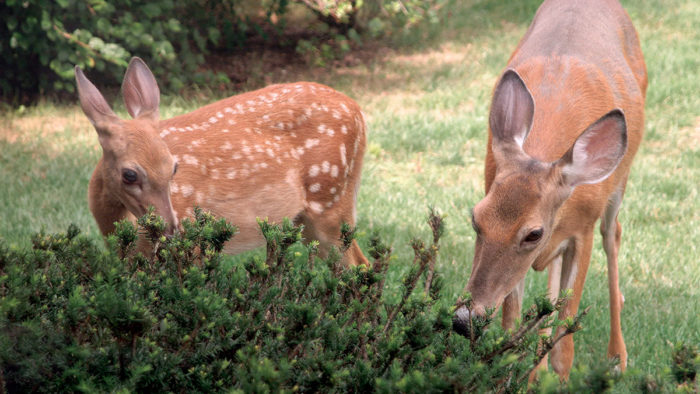
It’s hard to believe that just over a hundred years ago market hunting had almost eliminated white-tailed deer from America. But because of their adaptive nature and the disappearance of natural predators, there are now more deer than ever before. Guests staying at the Mohonk Mountain House in upstate New York, where I am the grounds superintendent, often ask how we keep the deer from eating all the plants. We have 500 acres of gardens and grounds that border the 7,500-acre Mohonk Preserve, and we have a lot of deer. Over the years, we have developed multiple strategies to prevent deer damage, and many of these methods can work in a home garden, too. To develop our strategies, which are based on the theory of integrated pest management (IPM), we became familiar with the deer’s annual cycle and used that timetable to determine when and where they will be eating. With this knowledge, we know the best time to use our most effective controls, which are fencing and repellents.
If fencing in your entire garden or property is a viable and economical option, it is by far the best strategy. Many fence styles and designs will effectively keep the deer out. The biggest considerations are aesthetics, the size of the area to be fenced, and the economic return. Since Mohonk Mountain House is a public garden and resort, perimeter fencing is not an option for us, so I erect temporary fences around specific plants and beds when I need them.
I use Cintoflex mesh fencing, which is made from a strong plastic that has UV inhibitors for greater longevity. To build a fence using this material I pound rebar or T-posts into the ground, then attach the fencing directly to the posts with plastic fasteners. If I can install it close to the plants, I use 4-foot-tall fencing. Deer do not feel comfortable jumping over a fence if they are going to land in trees or shrubs, so I place the fence as close to the plants as I can without having stems or leaves sticking through. If there is bare ground on the inside of the enclosure, I use 8-foot-tall fencing, instead, which usually does the trick, although an occasional deer might make the leap.
Another common method of control we use is spraying plants with repellents. I spray plants inside the fences as well as those outside because the fences can sometimes be toppled by heavy ice or excessive snow. The key to success with repellents is to start spraying them before deer begin browsing and to change repellents frequently, which keeps the deer from getting used to one taste. In the 15-acre core garden area around the buildings at the Mohonk Mountain House, I use only natural-based repellents such as Deerbusters, Deer-Off, Deer-Away, Liquid Fence, Milorganite, Plantskydd, Scoot Deer, or Bobbex. These products are made from ingredients like dried blood, food products, or biosolids. I have also had good luck with fish emulsion sprayed on the leaves, although its odor can be distasteful to humans as well. I have not had good results with predator urines. In areas away from the main buildings, I use some chemical-based materials, including Tree Guard, Thiram, Defiant, and Repellex. Results are variable, so some experimentation may be necessary to see what works best for you.
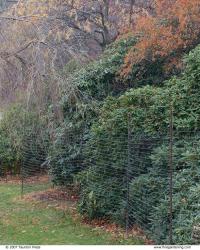
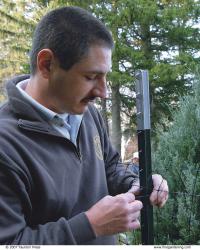
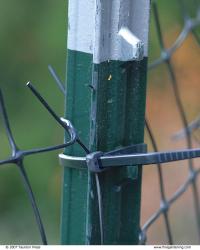
While fencing and spraying repellents are the tactics we use most often, we have found that another good way to combat deer is to focus on the selection and care of plants. Deer like more plants than they don’t like, so selection is a key consideration. In some areas of the garden, I grow plants they don’t like, including grasses, ferns, mints, and bulbs like daffodils and ornamental onions.
Preferred food sources vary regionally, so the best way to find out what deer don’t eat in your area is to get in touch with your local extension agent. I have a list of trees, shrubs, vines, bulbs, and herbaceous plants the deer avoid in my garden. I share this information with regional extension offices as well as with Cornell University.
We have also found that a well-paced, balanced fertilizer program helps. Deer love to eat the lush growth on plants that results from overfertilizing, so we avoid offering them that tempting snack. A balanced fertilizer program also keeps our turfgrass healthy and thus appealing to deer. In this case, since they’re helping with the mowing, we’re happy to let the deer graze.
We use these various control methods based on where the deer are in their life cycle throughout the year. These strategies have allowed us to keep the deer damage in our garden to a level we can tolerate.
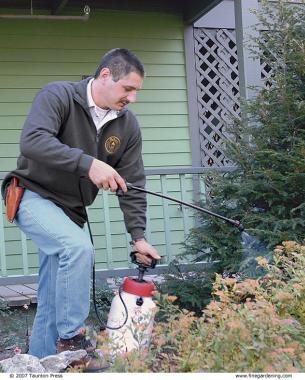
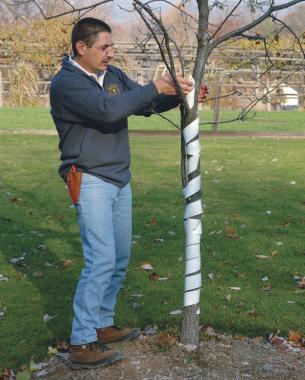
An annual timetable dictates deterrents
To make the best decisions about the timing of control methods, it is helpful to know the deer’s seasonal life stage. This timeline is based on deer species that live in the northern half of the country, essentially north of a line drawn from Philadelphia through northern California (above the 40th latitude). If you live in the South and can determine the breeding season (or the rut, when the bucks begin to rub their antlers and fight for their territories) you can follow the same strategy laid out here but with an adjusted time table. In the southern part of the country, the breeding period is unpredictable because the fawning season isn’t based on the need for fawns to be born when there is sufficient food available, as it is in the North.
January to April
SEASONAL ACTIVITY
The deer’s metabolism slows, and they become less active to conserve energy. This is the toughest time for deer to survive.
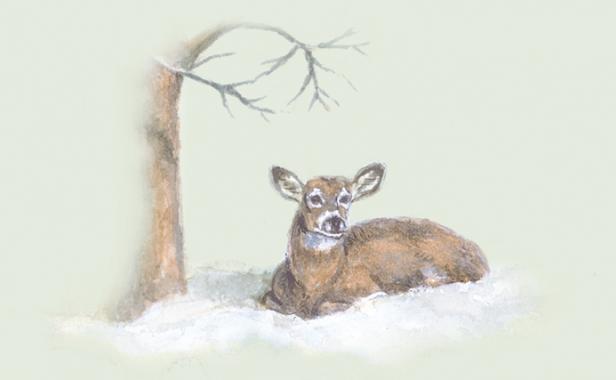
Feeding habits
They require 4 to 5 pounds of food a day, so they will browse on any available woody plant material.
Control
Check fences regularly. Spray repellents if there is a warm spell. By February remove the tree guards, because most bucks have finished shedding their antlers.
Mid-April to June
SEASONAL ACTIVITY
Does establish fawning territories, which can range in size from 5 to 20 acres. A typical doe gives birth to two fawns.
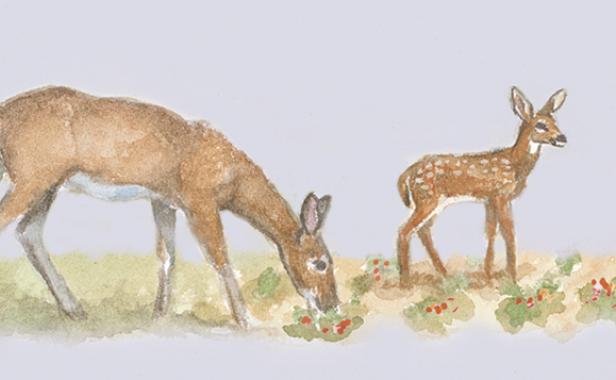
Feeding habits
The new mothers need 7 to 10 pounds of food a day. The deer are now frequently raiding gardens, targeting sprouting herbaceous plant materials, bulbs, emerging tree and shrub buds, and tender woody shoots.
Control
Start spraying repellents before browsing begins. Keep selective fencing up and begin to remove it gradually in May.
July to Mid-August
SEASONAL ACTIVITY
Fawns are growing.
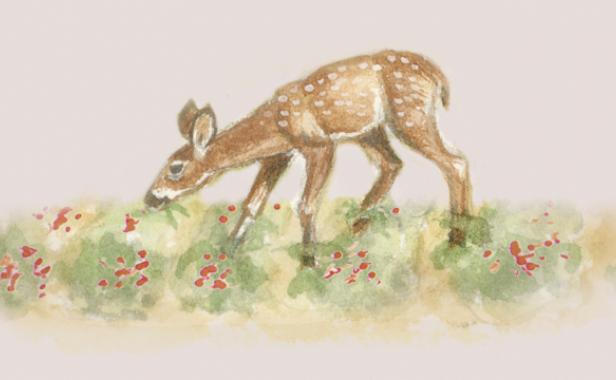
Feeding habits
Garden raids are common and predictable. The deer are eating mostly herbaceous material and occasionally woody plants.
Control
Spray repellents weekly on herbaceous plants, monthly on woody plants.
Late August to December
SEASONAL ACTIVITY
Bucks begin rubbing their antlers on trees and shrubs to shed the velvet. The sexes segregate, and males leave pheromone deposits on the ground that trigger females into estrus cycles.
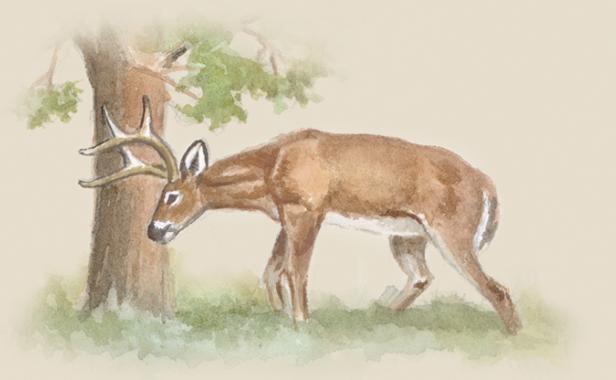
Feeding habits
Deer may spend more time in the woods feeding on mast crops like acorns, nuts, and fleshy fruits. When these seasonal food sources are plentiful, deer spend much less time raiding gardens.
Control
Decrease the frequency of spraying repellents if the deer are not present. Place tree guards around the trunks of plants to protect them from bucks rubbing their antlers.
October to December
SEASONAL ACTIVITY
The rutting and breeding cycles begin.
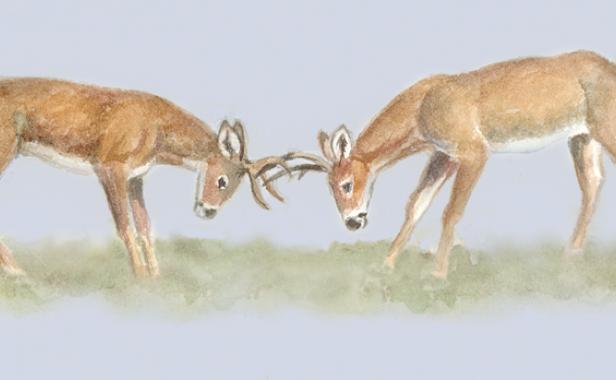
Feeding habits
The deer continue eating mast crops, but raids into gardens become more frequent. They eat mostly herbaceous material and turfgrass until a hard frost forces them to switch to woody plants.
Control
Step up the frequency of spraying repellents. By the time a hard frost hits, be installing temporary fencing around important plants.
Top deer-proof plants
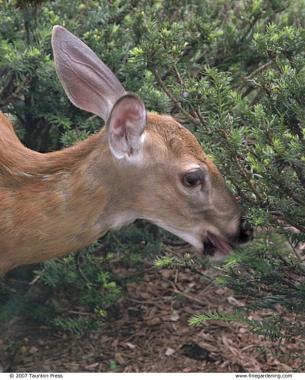
In addition to those mentioned in the text, the following plants have never been eaten in the author’s garden; your experience may differ.
Perennials and annuals
Angelonias (Angelonia angustifolia cvs., annual)
Basket of gold (Aurinia saxatilis, Zones 4–8)
Bleeding hearts (Dicentra spectabilis, Zones 3–9)
Globe amaranth (Gomphrena globosa, annual)
Lambs’ ears (Stachys byzantina, Zones 4–8)
Lantanas (Lantana spp. and cvs., annual)
Lily-of-the-valley (Convallaria majalis, Zones 2–7)
Russian sage (Perovskia atriplicifolia, Zones 6–9)
Snapdragons (Antirrhinum majus cvs., annual)
Spider flowers (Cleome hassleriana cvs., annual)
Trees and shrubs
Beautybush (Kolkwitzia amabilis, Zones 5–9)
Chaste trees (Vitex spp. and cvs., Zones 6–9)
Daphnes (Daphne × burkwoodii cvs., Zones 5–8)
Shadbushes (Amelanchier spp. and cvs., Zones 4–9)
Spireas (Spiraea spp. and cvs., Zones 4–9)
Fine Gardening Recommended Products

Spear & Jackson 4930FZ Razorsharp Telescopic Tree Pruner
Fine Gardening receives a commission for items purchased through links on this site, including Amazon Associates and other affiliate advertising programs.
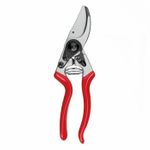
Felco Pruning Shears (F 9) - High Performance Swiss Made One-Hand Left-Handed Garden Pruners
Fine Gardening receives a commission for items purchased through links on this site, including Amazon Associates and other affiliate advertising programs.




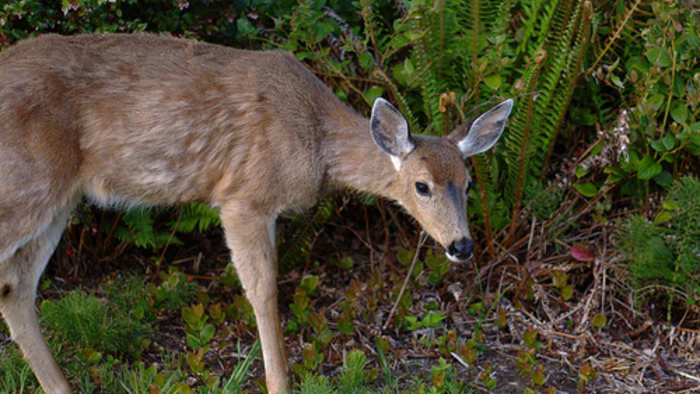













Comments
Log in or create an account to post a comment.
Sign up Log in